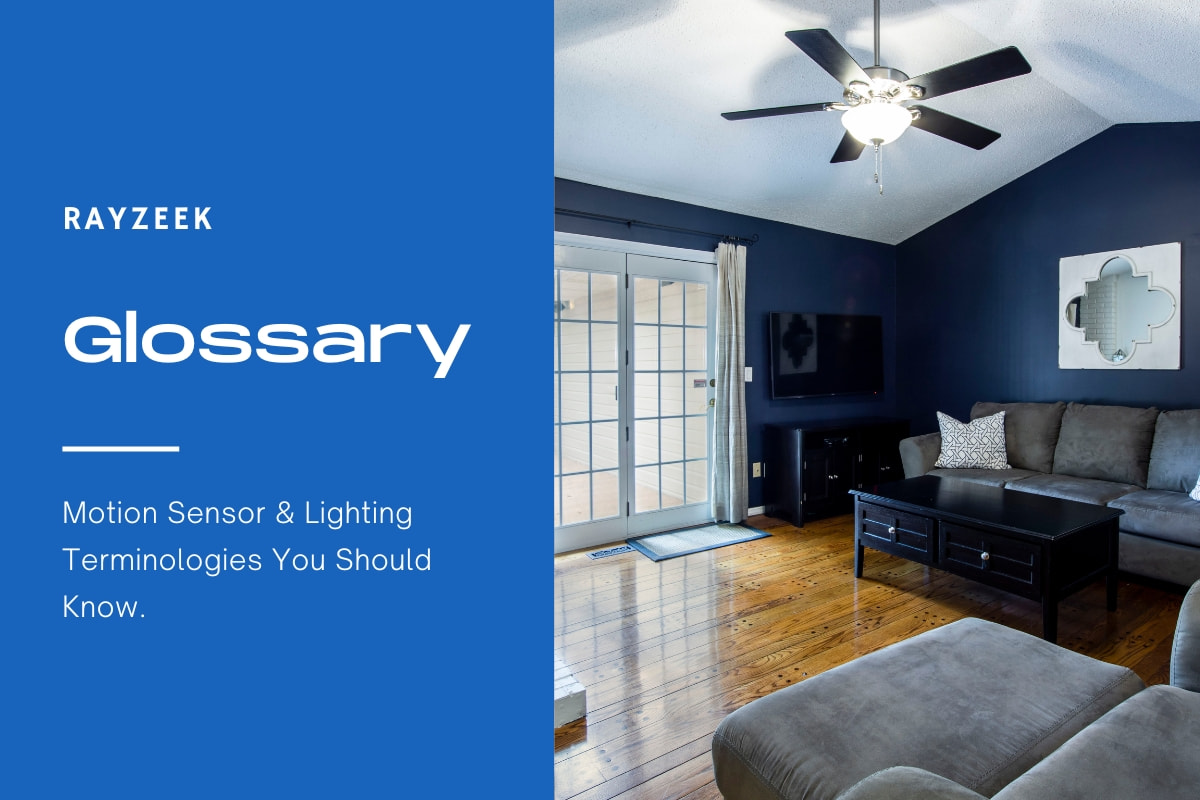What is Low Voltage Lighting
Low voltage lighting is a lighting system that operates at a voltage lower than the standard line voltage, typically 120 volts. It is commonly used in various applications such as landscape lighting, track lighting, and display lighting. Low voltage lighting systems require the use of transformers to step down the voltage from the electrical system to a lower voltage, usually between 12 and 24 volts. This voltage reduction allows for the safe operation of low voltage lighting fixtures.
Get Inspired by Rayzeek Motion Sensor Portfolios.
Doesn't find what you want? Don't worry. There are always alternate ways to solve your problems. Maybe one of our portfolios can help.
Low voltage lighting is known for its energy efficiency. By operating at lower voltages, low voltage lighting consumes less electricity compared to traditional lighting systems, resulting in significant energy savings and reduced electricity costs. It also offers versatility in terms of design and installation. It can be easily integrated into different lighting fixtures, allowing for creative and customized lighting designs. This flexibility makes low voltage lighting suitable for a wide range of applications, from accent lighting to task lighting. Another important aspect of low voltage lighting is its enhanced safety. The lower voltage levels reduce the risk of electrical shock and fire hazards, making it a popular choice in residential and commercial settings where safety is a priority.
Frequently Asked Questions
Why Are Low Voltage Lights So Expensive
Compared to their less expensive counterparts, traditional line lights, low-voltage lights are pricier due to the additional wiring required. However, it is important to note that low-voltage lights may not effectively illuminate your home.
Are LED Lights Considered Low Voltage
Cost-effective: LEDs have become the preferred choice for low voltage lighting due to their efficiency in energy consumption. This transition has made LEDs more affordable as they require less energy to produce the same amount of light. For more information on the benefits of LED technology, you can refer to the article “12 Benefits of LED Lightings”.
Do Low Voltage Lights Use a Lot of Electricity
All low voltage lights are typically very energy efficient, especially when compared to incandescent bulbs.
Is Low Voltage Lighting Expensive
Low-voltage landscape lighting systems are not known to be expensive. These systems utilize a transformer to convert the 120-volt current from your home’s electrical system into 12 volts. They are particularly suitable for smaller areas like walkways or gardens. The cost of low-voltage lighting can vary, but typically ranges from $100 to $150 per light, which includes the cost of materials and professional installation.
Do Low Voltage Lights Get Hot
In addition to being energy-efficient, low voltage lights do not produce significant amounts of heat. This feature makes them safe to use near plants and greatly reduces the likelihood of a fire hazard.
What Is Low Voltage Examples
Low voltage systems are electrical systems that operate using 50 volts or less. Some common low voltages include 48 V, 24 V, and 12 V. In residential settings, examples of low voltage systems include doorbells, garage door openers, home security sensors, thermostats, and landscape lighting.
How Long Can You Run Low Voltage Lighting
Fortunately, despite the limited range, it is still feasible to extend the power of low voltage lighting a considerable distance from its power source. Typically, low voltage lines can provide power to lights for up to 100 or 150 feet, depending on the wire gauge. In certain cases, it may even be possible to reach distances of 250-300 feet.









